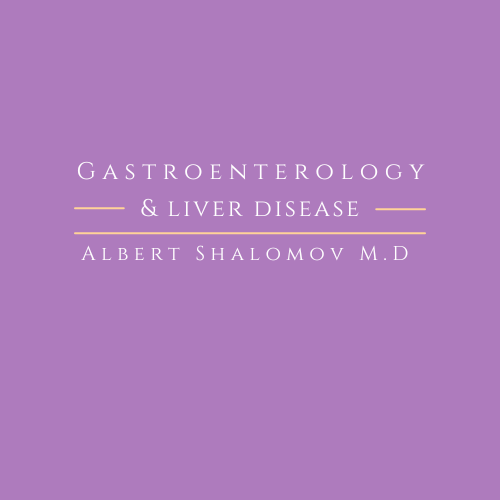Upper Endoscopy
What is an EGD?
An EGD, also known as an upper endoscopy or esophagogastroduodenoscopy, utilizes a thin, flexible tube equipped with a light and camera to visualize the inside of the upper digestive tract, encompassing the esophagus, stomach, and the first part of the small intestine (duodenum). This outpatient procedure can also be performed in hospitals or emergency rooms to diagnose and treat conditions like upper digestive system bleeding.
Why is an EGD Performed?
Anemia
Black or tarry stools
Chronic heartburn
Persistent nausea and vomiting
Blood in vomit
Difficulty swallowing
Abdominal pain
Unexplained weight loss
Unusual feeling of fullness
Sensation of food being stuck behind the breastbone
Endoscopy additionally aids in identifying inflammation, ulcers, and tumors. Compared to X-rays, upper endoscopy proves more accurate for detecting abnormal growths, such as cancer, and for examining the upper digestive tract’s internal lining. Furthermore, abnormalities can be addressed through the endoscope itself. For example:
Polyps (tissue growths) in the stomach can be identified and removed, and tissue samples (biopsies) can be collected for analysis.
Narrowed areas or strictures in the esophagus, stomach, or duodenum resulting from cancer or other diseases can be dilated or stretched using balloons or similar devices. In some cases, a stent (a wire or plastic mesh tube) can be inserted into the structure to prop it open.
Objects stuck in the esophagus or stomach can be safely removed.
Bleeding due to ulcers, cancer, or varices can be treated.
How to Prepare for an Upper Endoscopy:
Pregnancy
Lung or heart conditions
Use of blood thinners or presence of a bleeding disorder
Medication allergies

“Thank you for visiting Gastroenterology & Liver Disease, my goal is to treat my patients in a highly personalized manner and I am dedicated to give you the utmost attention and respect that you deserve. For more infromation on this disease or to schedule a consultation with me, please give us a call or book a tele-health appointment online.”

